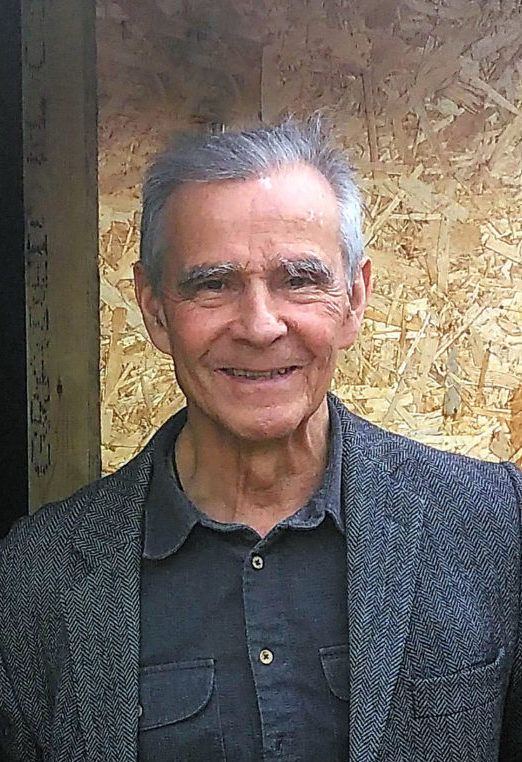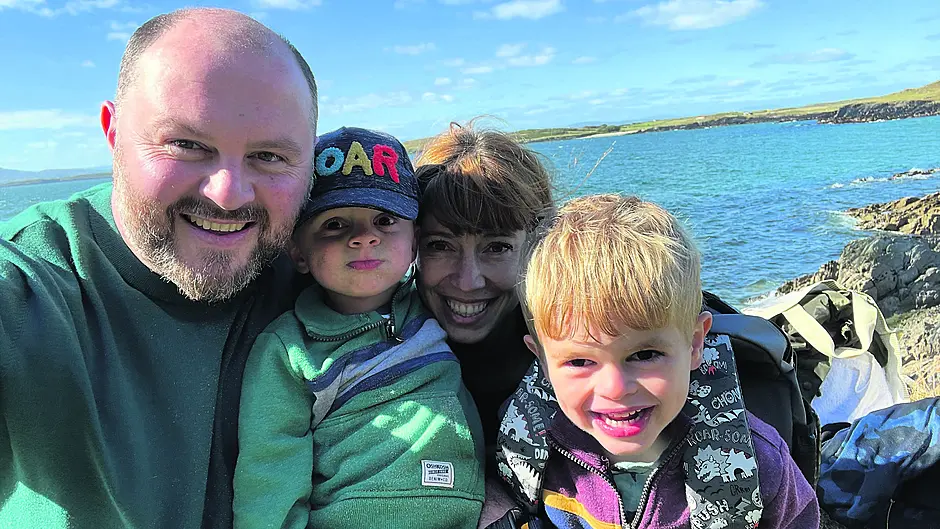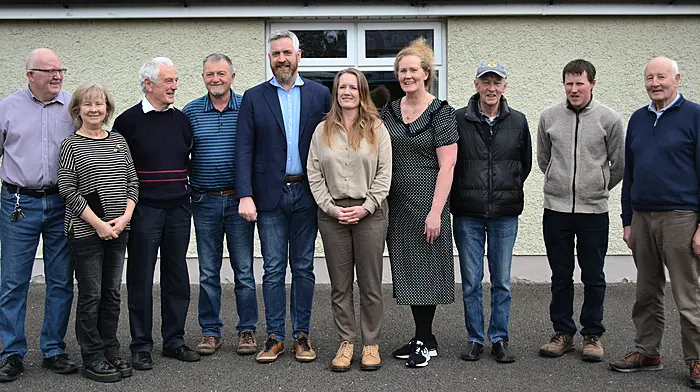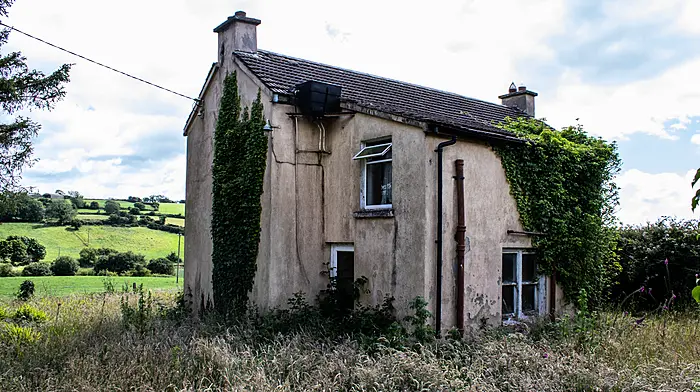DUBLIN-based quantity surveyor Neil Buggy is not only planning to return to live in West Cork, he’s also planning an innovative housing development on his native Sherkin Island.
Born in Skibbereen hospital and reared on Sherkin, Neill (40) said he, his wife Amanda, and their two boys Dessy (5) and Bear (4), love West Cork so much they have decided to relocate to Clonakilty, but it will still be ‘business as usual’ for his firm Prospec Quantity Surveyors in Dublin.
Local developer Neil, and a landowner on Sherkin, have invited Carbery Housing Association to do a social housing project for the island.
Jose Ospina, head of Carbery Housing Association, explained that it will be a turnkey development.
This involves the developer and the landowner designing and building six new houses on a site, near the hotel, and selling the finished product to the association.
According to Jose, the association’s representatives have had discussions with the Council’s housing department and they have agreed to back the development ‘in principle.’
Jose said a planning application will be submitted by the developer to Cork County Council shortly.
Meanwhile, Carbery Housing Association still has to secure funding from the Housing Finance Agency.
Jose explained that the agency is a bit like a government bank which supports local authority housing.
 Jose Ospina: It will be a turnkey development.
Jose Ospina: It will be a turnkey development.
‘The agency has loaned to us before and we have discussed this particular project and we are getting a good response,’ he told The Southern Star.
The association has been busy gathering information on behalf of local applicants because they need to demonstrate that they have local connections, as well as a need for housing.
So far, nine people connected with Sherkin have put their names forward, but with just six houses planned for construction, Jose admitted: ‘They won’t all be able to qualify.
‘It will be up to the Council to make the final selection of the tenants,’ said Jose, who elaborated on how turnkey developments work.
‘Carbery will buy the houses when they have been built, so the association will own and manage them.
‘The government,’ he added, ‘will pay Carbery for accommodating local authority tenants, and we will repay the agency loan on the basis of that payment.’
In the midst of all of this, the project has another unique feature – a proposal to install a community solar system on the houses so they will be a solar-generating community.
‘We have applied for European funding for a state-of-the art community solar system, which would include solar panels, batteries, smart meters and storage heaters. And it will be completely fossil fuel-free,’ said Jose.
All going well, Jose believes the six island houses – a gamechanger for such a small community – could be completed and ready for tenants by the end of 2024.







